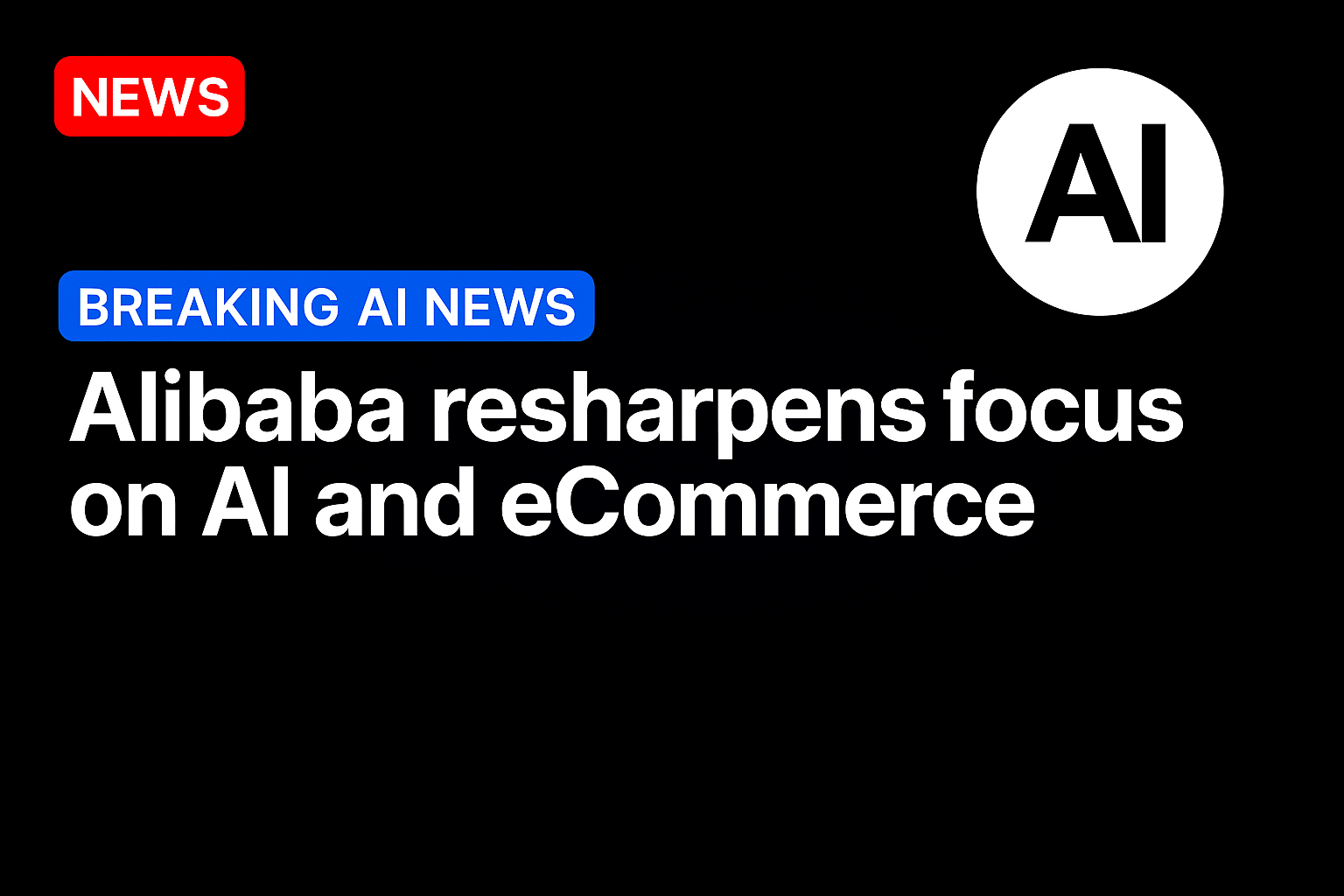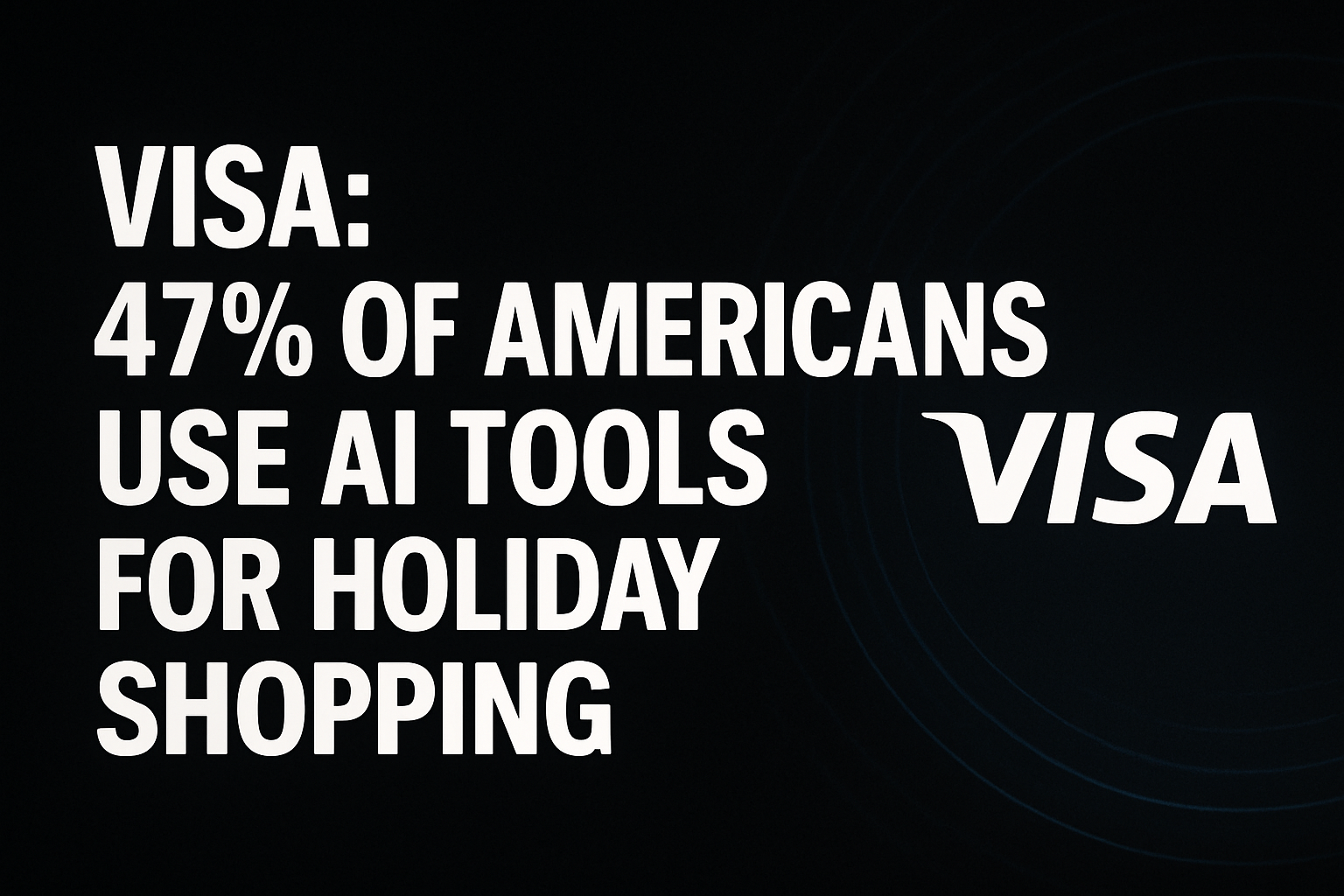In May 1999, a group of entrepreneurs launched an online B2B website called Alibaba.com, which operated out of a small apartment in Hangzhou, China. Its goal was to connect Chinese manufacturers and trading companies with overseas buyers.
Over the decades, Alibaba would branch out into other businesses to become the largest eCommerce company in China and one of the largest in the world. It catapulted lead founder Jack Ma — famously rejected for an entry-level job at a KFC in China — into the ranks of China’s legendary entrepreneurs.
Today, the dot-com era has given way to the artificial intelligence (AI) era. Ma has officially retired to run his foundation. Joe Tsai, one of Alibaba’s co-founders, is now chairman.
How is Alibaba pivoting in the age of ChatGPT?
First, Alibaba decided to pare away non-core businesses. “We just got a little bit too big,” said Tsai, during a fireside chat at the recent Viva Tech 2025 conference in Paris. “The first thing we did was to shrink the size of our balance sheet.”
One of the first targets was physical retail. In January, it divested its majority stake in Sun Art Retail Group, a hypermarket operator in China.
Alibaba then decided to focus on two businesses: eCommerce and cloud computing.
“Today, Alibaba is about those two things,” Tsai said. “When a user comes to use our app, experience is everything. So we say, user first, that’s our first operating principle.”
The second operating principle is having AI everywhere, “both within the company to help our efficiency, productivity, but also AI infused into every app that we make for consumers, as well as using our cloud computing system to support the AI applications for enterprises and developers,” Tsai said.
Alibaba has also developed its own large language models (LLMs) and open-sourced smaller versions, a pivot that Tsai said began well before ChatGPT’s debut in November 2022.
“Two years prior, our scientists had already started to develop (models) using massive amounts of data, because they saw the advantage of training a model using the transformer architecture but with massive amounts of data that we have access to,” Tsai said. (OpenAI’s GPT series uses the transformer architecture; it is the T in GPT.)
When DeepSeek, a Chinese competitor, released its models in late January 2025, Alibaba’s engineers took notice.
“We read their research papers, and we said, ‘Holy cow … We are falling behind,’” Tsai recalled.
A few weeks later, Alibaba released its Qwen series of LLMs. Alibaba opted to open-source many of the smaller models, a move that Tsai said democratizes access to AI, encourages third-party innovation, and ultimately drives demand for the company’s cloud computing infrastructure.
Related: Alibaba.com Adds Balance’s B2B BNPL for US Business Users
Back to Alibaba’s Tech Roots
Alibaba’s pivot reflects the company’s return to its tech roots when the founding team at Alibaba began building their B2B website.
Today, Tsai sees Alibaba as part of a highly competitive and innovative Chinese tech landscape.
“China is a very application-rich ecosystem,” he said. “Companies are very willing to adopt these applications.”
That willingness, he added, fuels engineering ambition and speed, noting that cultural factors like competitiveness drive rapid progress.
Looking ahead, Tsai said Alibaba’s focus will remain squarely on consumer experience, AI innovation and cloud infrastructure.
“We’re a consumer-facing business,” he said. “So for us, (the user is) the most important constituency for us to serve.”
Source: https://www.pymnts.com/





